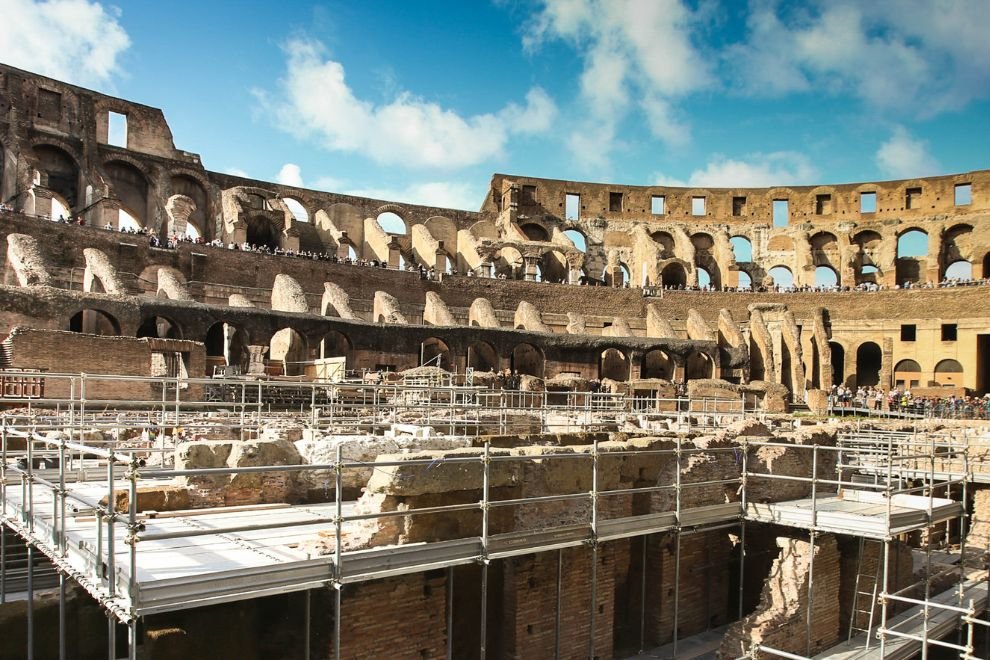Hidden In The Colosseum: Archaeologists Find Ancient Roman Snacks
Beginning in 27 BCE, the Roma Empire was one of the most developed and massive empires of its time. Archaeologists have discovered that spectators at Rome’s ancient Colosseum may have indulged in food including olives, grapes, and nuts.
Food remains from figs, grapes, cherries, blackberries, walnuts, and other fruits and vegetables have also been discovered there.
Additionally, enormous cat and bear bones that were apparently utilized in the hunting contests in the arena were discovered by archaeologists.
Archaeologists who were looking through the sewers of the 2,000-year-old landmark uncovered the finds.
The Study And Team
The project, which started in January, required the excavation of some 70 meters of drains and sewers beneath the Colosseum. It is thought to provide insight into the Colosseum’s final years until it was abandoned around 523 AD.
50 bronze coins from the late Roman era, which is around 250–450 AD, and a silver commemorative coin commemorating Emperor Marcus Aurelius’ ten years in power were among the ancient coins found in the dig.
The finds “deepen our comprehension of the experience and habits of those who came to this site during the lengthy days dedicated to the performances,” according to Alfonsina Russo, director of the Colosseum Archaeological Park.
The Colosseum, the largest amphitheater in the Roman Empire, was abandoned in the year 523. It was renowned for holding public events including gladiatorial battles in front of tens of thousands of spectators.








